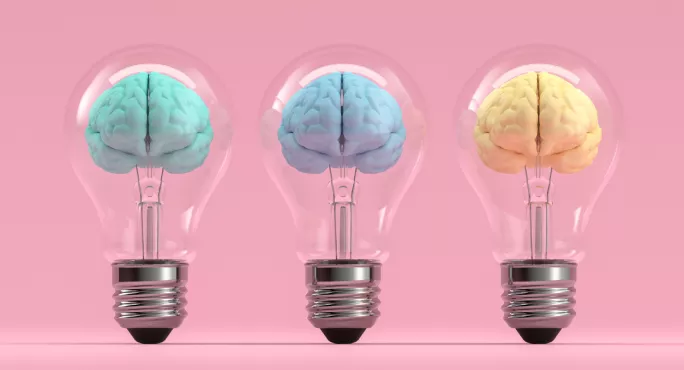- Home
- Teaching & Learning
- General
- Why teachers need research that works in the real world
Why teachers need research that works in the real world

The Education Endowment Foundation (EEF) recently published a report that looked at the evidence of how cognitive science can be used in the classroom to boost learning outcomes, and what the shortcomings are.
There were a lot of interesting findings but one that caught our eye, as education researchers, was that while insights from cognitive science research can promote pupil learning, some strategies need more evaluation in the classroom, rather than in the research lab.
After all, in the lab, teaching occurs in idealised conditions: one to one, with limited distractions and with carefully controlled resources and procedures. The classroom is very different and teachers are balancing many priorities at once.
This is something we are very much aware of when conducting research in the Language and Reading Acquisition (LARA) lab. As a result, we regularly collaborate with practitioners and young people to ensure findings can be applied in real-world conditions.
This collaborative work has shown that we need to ensure that strategies are feasible and acceptable in school, as well as being effective, if they are to be embedded in teaching practice.
Efficacy: does it work in the classroom?
Let’s consider the idea of dual coding. This is the practice of combining verbal and non-verbal information.
One example of this strategy that we are particularly interested in is the use of spelling patterns to teach new words, like writing a word on the board when you describe it.
Imagine a teacher describing some new words while presenting their spelling patterns. As they do so, the classroom might be noisy because of discussion or a busy main road, while the visual environment may include lots of words and colour.
All of this may make it hard for children to concentrate on the sounds of the new words, the description of their meanings and their spelling patterns.
On the other hand, in the lab, researchers can ensure that there is minimal noise and the room is free of visual distractions. Therefore, although research from the lab may suggest that dual coding works, this research does not consider these contextual differences. The reality is, learning in the lab may be easier than in the classroom.
Indeed, preliminary research we have done has indicated that learning words might take more time in the classroom than in the lab.
Considering contextual differences between the lab and the classroom is important for trying to bridge the gap between research and classroom practice.
Feasibility and acceptability: Can teachers apply it? And would they want to?
And even if we do that, there is another important issues to consider - feasibility.
Because, even if research is shown to translate well into a classroom setting, we need to ensure that doing so is feasible and easy for teachers. For example, teaching words on a one-to-one basis in the lab may produce greater improvements in learning than teaching class groups, but this is rarely feasible for teachers in school.
Let’s consider this within the context of cognitive science again - are cognitive science strategies feasible and acceptable in the classroom?
In the EEF survey, 85 per cent of respondents reported that they were using cognitive science strategies in their teaching. So, clearly some are feasible and acceptable.
In relation to our research, teachers regularly present written words when they are introducing them. More formally, we conducted observations some years ago showing that teachers did use this strategy, though not every time they introduced a new word.
Read more:
- Cognitive science classroom impact evidence ‘limited’
- Cognitive science: 3 key terms explained
- How education research can get lost in translation
This strategy is feasible since teachers have ready access to the resources needed (whiteboards and pens) and it is quick and easy to implement. Teachers’ use of it also shows that it is acceptable.
However, more needs to be done to translate research findings into practice. In recognition of this, some researchers are developing frameworks for working collaboratively with teachers and other practitioners. This area of research is known as implementation science, and has been adapted from medical research and medical practice. Also emerging is greater understanding on how to foster positive research-practice partnerships.
It is important to make sure that research findings work in the classroom and promote learning. However, the effectiveness of a strategy won’t matter at all if it is not feasible or acceptable in school.
Eleanor Crow and Eleanor Gray have just finished their undergraduate degrees in psychology at Royal Holloway, University of London. Alongside their studies, they have been working with Jessie Ricketts in the Language and Reading Acquisition Lab: http://pc.rhul.ac.uk/sites/lara. They tweet @ricketts_lara, @Eleanor_M_Gray and @Eleanor_Crow99
You need a Tes subscription to read this article
Subscribe now to read this article and get other subscriber-only content:
- Unlimited access to all Tes magazine content
- Exclusive subscriber-only stories
- Award-winning email newsletters
Already a subscriber? Log in
You need a subscription to read this article
Subscribe now to read this article and get other subscriber-only content, including:
- Unlimited access to all Tes magazine content
- Exclusive subscriber-only stories
- Award-winning email newsletters
topics in this article



